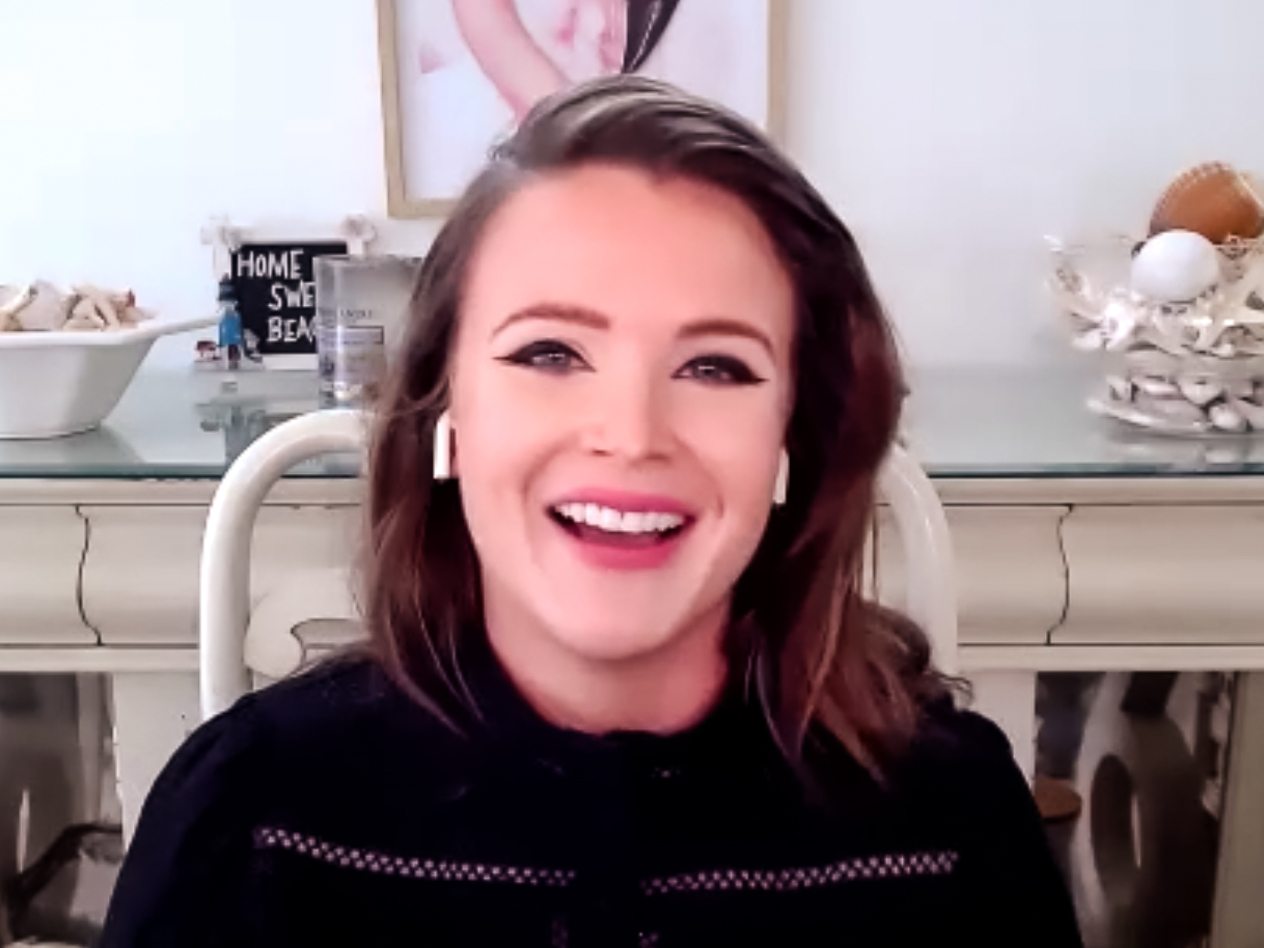Lifelong learning session focuses on data literacy and human touch
- October 2, 2020
- By Molly Cruitt
- 3 minute read

The conversation began with a discussion one might not expect in a business school: How did O.J. Simpson get away with murder?
“The prosecution had their entire careers riding on this case. The whole world was watching, and they missed it,” said Liberty Vittert, professor of practice in data science, during a lifelong learning presentation to 140 virtual attendees last Thursday.
Vittert revealed that the crucial mistake the prosecutors and jury made was a misunderstanding of data that failed to see through the defense’s misrepresentation. While the defense emphasized that the likelihood of a woman dying at the hands of her abusive partner at one in 2,500, a statistic no one could convict with, that statistic refers to women who are living and their likelihood of eventual death. The case at hand involved a woman who had been killed, who’d been abused before her death: in that case, the likelihood of her abuser being her killer jumps to 90%. Had the prosecution noted this distinction, the defense’s case would have fallen apart.
For Vittert, the O.J. Simpson case is a striking example of what she tries to teach her students: data does not exist in a vacuum. Though she noted a recent tension between a reliance on data and a focus on human emotion, Vittert explained, “the future is about bringing them together.”
We can get incredible things from data. Things we couldn’t otherwise see. But that data won’t mean anything if we divorce it from human touch.
Liberty Vittert
For the majority of Vittert’s presentation, she focused on four key questions we need to ask if we want to understand a statistic.
Who?
The first thing we’ve got to determine, according to Vittert, is who this data is about—and whether that’s the same as whom we want to understand from the data.
This brings her back to the Simpson trial: the statistic presented by lawyer Alan Dershowitz was about women who are victims of domestic violence and their likelihood of dying at the hands of their abuser—but what the jury needed to understand was the likelihood of a woman who’s been killed having died at the hands of someone who’d abused her.
What?
Once we understand the person, group or thing to whom the data refers, Vittert explained, we need to understand what we want to know from our data.
Referencing an explosion of headlines surrounding the role of chocolate in preventing Alzheimer’s in women, Vittert explained that the amount of chocolate one would need to eat to receive the study’s purported benefit from flavonoids amounts to twenty cups of hot chocolate per day.
“You have to think about what you really want to know,” she said.
How?
A third crucial question posed by Vittert: how is the data presented? Vittert used the story of a finding that eating French fries doubled one’s chance of death. When presented in that way, the finding is shocking—but a deeper look revealed crucial elements to the case.
The study examined men aged sixty years old—who on average, have a 1% chance of dying. When those same men ate French fries or any fried potato three times per week or more, their death rate rose to 2%.
“That effect is still bad,” Vittert explained, “but saying that we move from a one to two percent death rate sounds a lot different than doubling your risk of death.”
Why?
The final question Vittert posed is one with enormous consequences for data scientists and marketers: Why should we care? Though this question is important as a person examines data that’s laid out in front of oneself, it’s also crucial to the way we present data in an attempt to make an impact.
Referencing her own research on the Syrian refugee crisis, Vittert explained, “We have to turn numbers into something people understand—and something that matters to them personally.” That means breaking down a massive statistic that’s too complex for our brains to understand, and relating it to a personal, human touch point.
And that’s the most important part of studying data, Vittert says. “Data is the closest thing we have to a crystal ball—but we have to retain our own experience and our own intuition—to make sure we ask the right questions of that data,” she implored the audience.
“If we’re able to do that, we can use statistics to deliver true value in our personal and our working lives.”
Media inquiries
For assistance with media inquiries and to find faculty experts, please contact Washington University Marketing & Communications.
Monday–Friday, 8:30 to 5 p.m.
Sara Savat
Senior News Director, Business and Social Sciences
